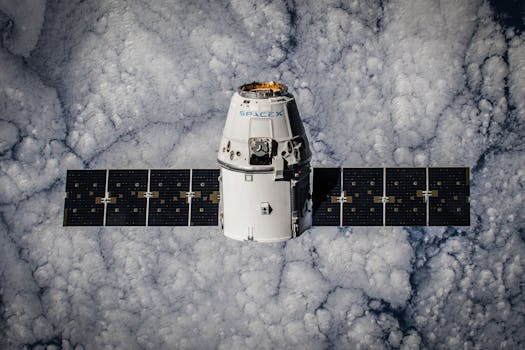
The Future of Satellites: Revolutionizing Global Communication and Exploration
The future of satellites is rapidly evolving, with advancements in technology and innovation, enabling new applications and services that transform the way we communicate, navigate, and explore space. The future of satellites is expected to be shaped by several key trends, including the increasing use of small satellites, the development of new satellite constellations, and the growing demand for satellite-based services such as broadband internet and Earth observation.
One of the most significant trends in the future of satellites is the increasing use of small satellites, also known as smallsats. Smallsats are satellites that weigh less than 500 kilograms and are typically launched into low Earth orbit. They are often used for applications such as Earth observation, communications, and technology demonstration. The use of smallsats is expected to continue to grow in the coming years, driven by advances in technology and the decreasing cost of launch services.
Advances in Satellite Technology
Advances in satellite technology are also expected to play a major role in shaping the future of satellites. One of the most significant advances is the development of new propulsion systems, such as electric propulsion and advanced ion engines. These systems are more efficient and capable than traditional propulsion systems, enabling satellites to operate for longer periods of time and to travel farther distances. Another significant advance is the development of new materials and manufacturing techniques, such as 3D printing, which are enabling the creation of lighter, stronger, and more complex satellite structures.
The development of new satellite constellations is also expected to be a major trend in the future of satellites. A satellite constellation is a group of satellites that work together to provide a service or application. One of the most well-known examples of a satellite constellation is the Global Positioning System (GPS), which provides location and timing information to users around the world. New satellite constellations are being developed for a range of applications, including broadband internet, Earth observation, and communications.
Applications of Satellites
Satellites have a wide range of applications, from communication and navigation to Earth observation and space exploration. One of the most significant applications of satellites is in the field of communication, where they are used to provide broadband internet, television, and telephone services to users around the world. Satellites are also used for navigation, providing location and timing information to users through systems such as GPS. In the field of Earth observation, satellites are used to monitor the environment, track weather patterns, and predict natural disasters.
Satellites are also playing an increasingly important role in space exploration, serving as a stepping stone for deeper space missions. They are used to study the universe, conduct scientific experiments, and test new technologies. The use of satellites in space exploration is expected to continue to grow in the coming years, driven by advances in technology and the increasing interest in space travel and exploration.
Challenges and Opportunities
Despite the many opportunities presented by the future of satellites, there are also several challenges that must be addressed. One of the most significant challenges is the growing problem of space debris, which poses a risk to the operation of satellites and the safety of people and property on Earth. Another challenge is the need for more efficient and sustainable launch services, which are critical to the development of new satellite constellations and the growth of the satellite industry.
In conclusion, the future of satellites is rapidly evolving, with advancements in technology and innovation enabling new applications and services that transform the way we communicate, navigate, and explore space. The increasing use of small satellites, the development of new satellite constellations, and the growing demand for satellite-based services are expected to be major trends in the coming years. As the satellite industry continues to grow and evolve, it is likely to present many opportunities for innovation and investment, as well as challenges that must be addressed to ensure the long-term sustainability of the industry.